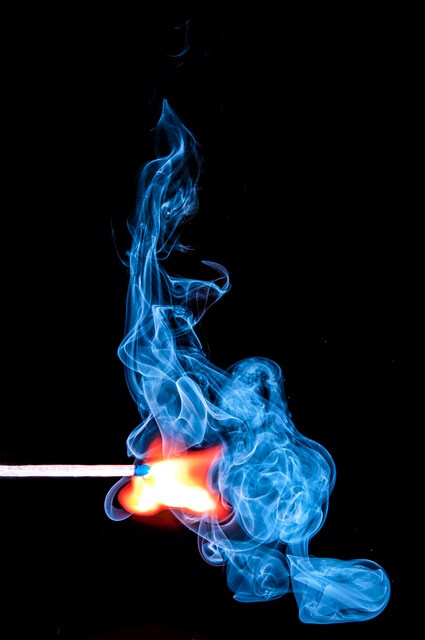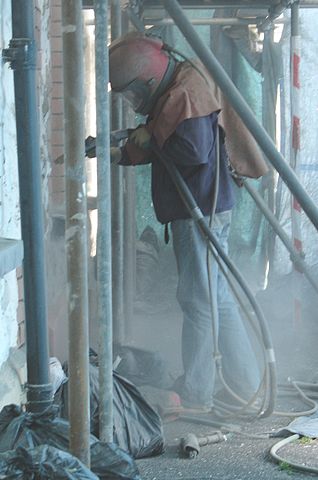For those of you who are not familiar with the term, oxygen cleaning is the process of cleaning types of work equipment that are intended to be used with oxygen (both in liquid and gas forms). This method of cleaning is done to ensure the place is free from any flammable contaminants. And when being used in a medical setting, it also removes any contaminants that might cause harm to our bodies.
Learn more as we are going to tackle this cleaning process and why it is necessary for utmost safety in the workplace.
The Role Of Oxygen In Fire

There are 3 basic components to start a fire, and oxygen is one of them (the other 2 are heat and fuel). Oxygen acts as an oxidizer keep the fire burning. And when an industrial environment is rich in oxygen with contaminants, it will result in a chain reaction that can be catastrophic and explosive.
Oxygen is utilized in many industries such as pharmaceutical, healthcare, and chemical processing. And since this gas is highly reactive, the area should be free from any air contaminants as much as possible. The source of heat can come from many things like:
- Friction of 2 materials
- Electrical sparks
- Impact when an object is being struck by another object or surface
- Vibration
- Heat compression
In addition, accidents can also happen due to autoignition. This event occurs when a liquid or gas are suddenly compressed creating a heat temperature that is enough to start an explosion. And in order to limit the temperature within the acceptable autoignition range in oxygen-rich workplaces, the pressure drops are often limited.
But even though this safety precaution is observed, the risk of having an explosion is still a possibility as some contaminants have lower autoignition temperatures as compared to the valve components. Therefore, oxygen cleaning is recommended to ensure the workplace.
Types Of Cleaning Mechanisms
The cleaning process can be done in many ways, but it also depends upon the type of contaminant that is present as well the customer specifications. Likewise, it must also adhere to industrial safety standards.
Here are the different methods of oxygen cleaning:
Mechanical cleaning – A process that often includes wire brushing, sandblasting to remove scale, paint, and welding slag.
Aqueous cleaning – Can be done in 2 ways:
- Steam and hot water (w/ or w/o detergent) by spraying to remove water-soluble contaminants and then rinsing off the detergent (if necessary).
- Caustic (Alkaline) cleaning where caustic salt is dissolved in water and then sprayed to the equipment to remove wax, hydrocarbon oils and grease, then rinsed and dried afterwards.
Semi-aqueous cleaning – hydrocarbon solvent is removed and water emulsion is done to remove the contaminants on the equipment.
Acid cleaning – Making use of acid chemicals like hydrochloric acid, nitric acid, chromic acid, and phosphoric acid to remove the contaminants on the equipment.
Solvent washing – Making use of solvents like alcohol to remove the contaminants on the equipment. This process does not require rinsing.
Vapor degreasing – And lastly, this method of oxygen cleaning makes use of a vaporized solvent and then applied on inaccessible areas of the workplace. Then, that part is kept at lower temperatures to ensure effective removal of contaminants.
Worried about residue contamination in your equipment or work area? PFC’s high purity industrial cleaning services can help you solve this issue. They are known for their depth of experience, expertise, ingenuity and timely delivery. Contact them today.

